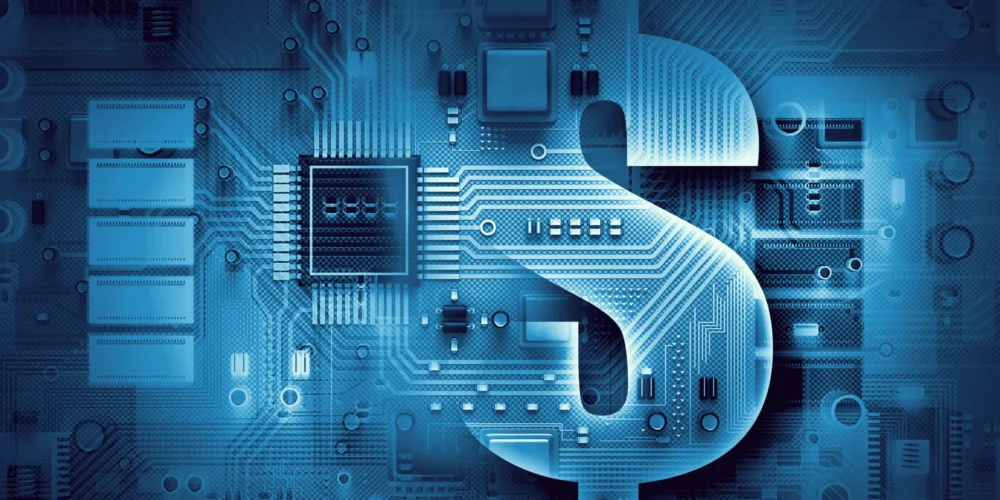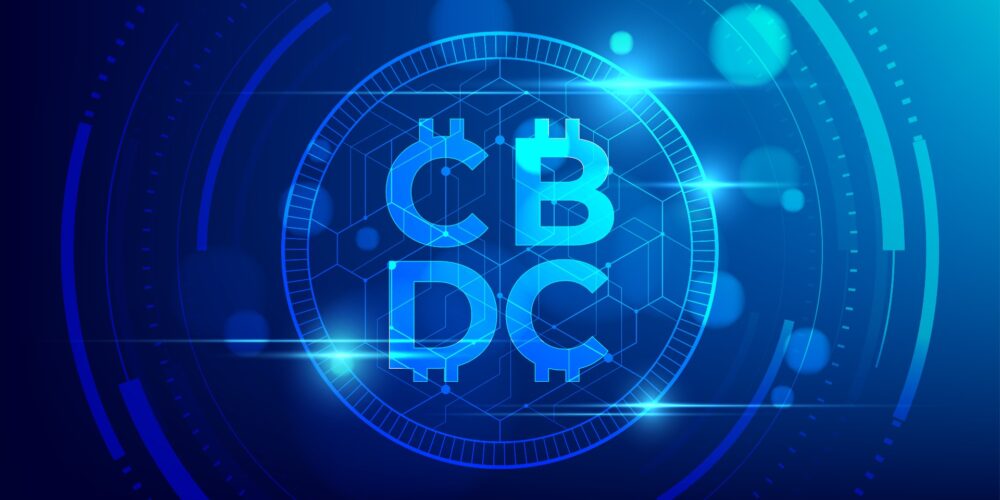The Reserve Bank of India has launched the digital rupee (e₹), a central bank digital currency that combines the convenience of cash with enhanced security and offline functionality. This initiative aims to boost financial inclusion and streamline the nation’s payment ecosystem, making transactions accessible to all Indians, regardless of geographic barriers.
What is the Digital Rupee?
The digital rupee, denoted as e₹, is issued as a legal tender by the Reserve Bank of India (RBI), representing a digital counterpart to physical currency. It operates under the supervision of the RBI, making it a stable and trusted medium of exchange. e₹ holds the same value as its physical equivalent and is designed to be stored in digital wallets on mobile devices.
e₹ is available to the public in two distinct types: Retail (e₹-R) for everyday consumers and Wholesale (e₹-W) for institutions involved in financial transactions. While e₹-R facilitates peer-to-peer payments effortlessly, e₹-W focuses on enhancing large-value interbank settlements. This dual structure is intended to cater to the diverse needs of the Indian economy.
Key Features and Benefits
One of the most innovative aspects of the digital rupee is its ability to perform offline transactions, a feature that addresses the challenges faced by individuals in remote areas lacking stable internet access. This ensures that people can still partake in digital commerce without being hindered by limited connectivity.
In addition to offline access, the digital rupee is designed for interoperability with existing systems, such as India’s Unified Payments Interface (UPI). This allows users to make payments at merchant locations through QR codes, seamlessly merging traditional cash payments with digital transactions. Furthermore, the programmability of e₹ means that it can be used for specific purposes, such as targeted subsidies from the government, thus increasing the efficiency of fund disbursement.
Implementation and Pilot Progress
Since its official launch on December 1, 2022, the digital rupee has undergone phased pilot tests across major cities like Mumbai, Delhi, and Bengaluru, involving various banks. The RBI has expressed its ambition to include non-bank entities such as Google Pay in the digital rupee ecosystem, stating, “This is expected to enhance access and expand choices available to users, aside from testing the resiliency of the CBDC platform.”
By the end of 2023, the digital rupee achieved an impressive milestone with 1 million daily transactions. However, the adoption rate among the populace remains an area of concern, indicating that while technical infrastructure progresses, user engagement needs to be actively fostered.
Challenges Ahead and Future Directions
Despite the promising start for India’s digital rupee, several challenges lie ahead. The digital divide remains a significant barrier, with many citizens still lacking the necessary technology or internet access to utilize e₹ fully. Moreover, potential cybersecurity threats must be addressed to ensure user confidence in this new payment system.
The future of the digital rupee looks bright, with RBI focusing on expanding its use cases, especially in cross-border payments. Enhancements in offline capabilities are also under consideration, aiming to bolster the resilience of the system against connectivity issues. It is clear that to achieve widespread user acceptance, continuous efforts in user education and technological support will be essential.
Charting a New Course for Digital Transactions
As the journey towards a fully digital economy continues, India’s digital rupee represents a transformative step in modernizing the country’s payment systems. With the RBI’s commitment to inclusivity and security, e₹ is not just about technology; it’s about ensuring that every citizen can participate in the digital economy. As various stakeholders, including financial institutions and fintech companies, come together to enhance the digital rupee’s ecosystem, the potential for positive societal impact is substantial.





